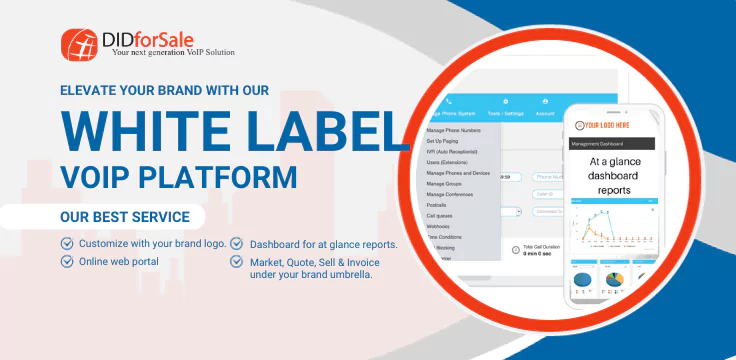You must be trying to find out the business telephony system. Your checklist should come down to selecting between two core options, SIP and PRI. Which one is best for your business? Both systems provide the backdrop to make and receive voice calls. However, the technology used is vastly different.
How SIP Works?
SIP or Session Initiation Protocol enables calling by transferring data packets over the internet (VoIP). The PRI or Primary Rate Interface transfers voice calls over a physical infrastructure of copper lines. PRI or legacy telephony is the older one of the two. You need to decide which one’s best according to your preferences. Many businesses prefer a hybrid model, incorporating the best of both worlds.
Why Are Businesses Migrating From PRI to SIP?
If you are wondering the same, the primary reason is the cost savings you incur. Operating the PRI system would require the installation and maintenance of PRI hardware.
On the other hand, SIP offers you two options. You can either have a dedicated on-premise server or leverage a hosted VoIP service. In the latter scenario, you do not need any hardware except a SIP-enabled telephone. You can choose to have the calling entirely done via internet connections requiring no hardware at all.
Curtail Your Costs with SIP Trunking
You would not need a dedicated IT staff to manage SIP Trunking. The provider governs everything. For PRI systems, you need to invest in the upkeep of the circuits. Maintaining and troubleshooting it would require regular monthly expenditure.
A hosted SIP service is significantly cheaper, requiring 30 to 40% of maintaining a PRI connection. Another significant aspect of difference is scalability. A single PRI circuit can handle up to 23 channels. This means 23 concurrent calls can be made with a singular PRI installation.
If your business needs additional connections, you will have to install an additional circuit that will cost you. In comparison, SIPs transfer communication over the internet cloud. The number of SIP channels or trunks is easily scalable. You can conveniently select the number of channels you need, paying only for what you need.
Routing Your Calls
Another major benefit of SIP is call rerouting. SIP calls can be rerouted to an alternative line such as an IVR in case of connection problems. This facility is not available with PRI connections. For this reason, many businesses prefer a hybrid model. In this arrangement, local calls are managed by a PRI circuit. For long-distance and international calling, you can choose to work with a SIP trunk provider.
Also, SIP trunking comes with the benefits of UCaaS or Unified Communications as a Service. This is not accessible to PRI connections. The call quality is even better with SIP because it allows you to make calls in HD quality. PRI systems use the same low range of frequency as analog lines. The call quality is not like SIP.
SIP trunking is a straightforward choice to make. As long as you have a stable internet connection at your location, it is a better choice!





